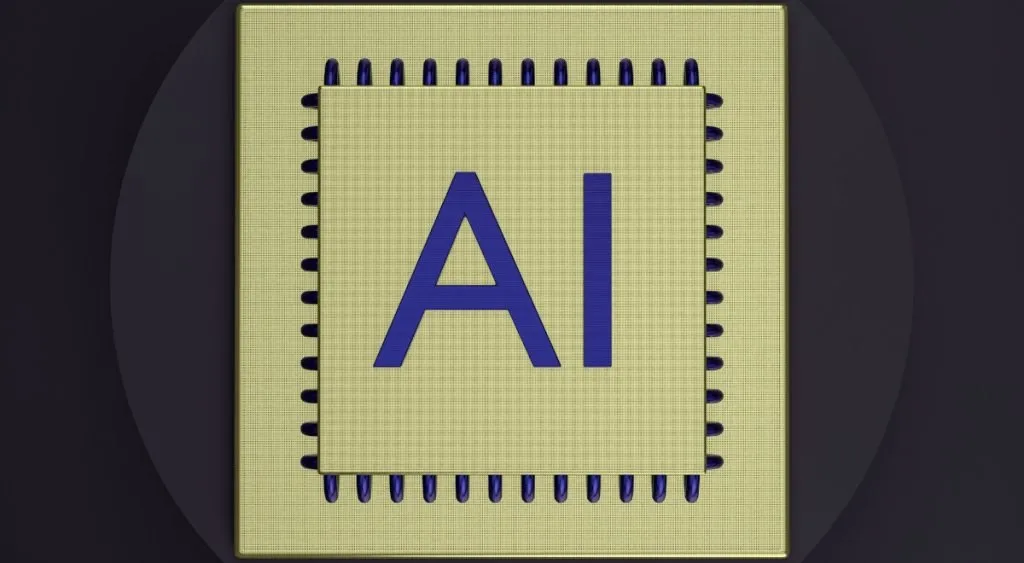Thomson Reuters has scored a major ‘fair use’ win in an ongoing AI infringement battle. Photo Credit: Mohamed Nohassi
Following several rightsholder setbacks in copyright actions against AI developers, Thomson Reuters has scored a major “fair use” victory.
That important win arrived in the form of a fresh summary judgement ruling from Judge Stephanos Bibas, who had previously rejected both parties’ related motions.
For a bit of background – the involved courtroom confrontation will turn five years old in May – the marathon case centers on Thomson Reuters’ Westlaw legal database.
In far more words, the plaintiff has accused now-defunct defendant Ross Intelligence of lifting protected materials from that database sans permission to create a law-focused AI search engine.
Technically, this lifting was allegedly performed by a third-party legal-services provider. For obvious reasons, when approached by Ross with a licensing proposal, Thomson Reuters had opted against providing the relevant content (including headnote summaries) directly to its competitor.
But unsurprisingly, given the years-long showdown, those materials ultimately wound up with Ross and factored into its AI search product, according to the plaintiff.
Shifting back to the summary judgement, Judge Bibas found the Thomson Reuters headnotes, notwithstanding the presence of verbatim judicial opinions therein, to “have original value as individual works.”
“More than that,” the judge wrote, “each headnote is an individual, copyrightable work. That became clear to me once I analogized the lawyer’s editorial judgment to that of a sculptor. A block of raw marble, like a judicial opinion, is not copyrightable. Yet a sculptor creates a sculpture by choosing what to cut away and what to leave in place. That sculpture is copyrightable.”
Building on the interesting point, the judge also ruled in favor of Thomson Reuters on the all-important fair use front, describing Ross’ utilization of the protected materials as non-transformative. Plus, the court arrived at the fair use answer after determining that the defendant had allegedly aimed “to compete with Westlaw by developing a market substitute.”
In a statement, Thomson Reuters applauded the fair use findings, which could factor into music rightsholders’ own copyright suits against AI developers.
A few of these defendant developers have likewise rallied behind the fair use defense, maintaining that rightsholder permission or not, it’s entirely lawful to feed protected works into generative models en masse. The underlying technologies, the same companies have claimed in more words, are transformative.
Of course, logic strongly suggests that generative AI’s all-encompassing consumption of copyrighted media – without which AI products simply couldn’t exist, developers have acknowledged – is anything but fair.
Nevertheless, Judge Bibas’ summary judgement ruling (besides leaving multiple questions to the jury) appears to be more of a solid base hit than a homer for the wider rightsholder community. Perhaps most significantly here, the Thomson Reuters-Ross Intelligence battle doesn’t concern generative AI whatsoever.
“Ross took the headnotes to make it easier to develop a competing legal research tool,” the court spelled out. “So Ross’s use is not transformative. Because the AI landscape is changing rapidly, I note for readers that only non-generative AI is before me today.”
Specifically for the music space, where generative models have allegedly sucked up an abundance of protected media to pump out derivatives, that’s a pertinent component of today’s fair use ruling.
To be sure, the judge “slogged through all 2,830 headnotes” (which are only a portion of the allegedly infringed summaries) and identified “actual copying” on 2,243.
With the possible exception of music publishers’ AI infringement actions, which accuse chatbots of pumping out protected lyrics verbatim, it’ll be comparatively difficult (at least without the assistance of a new law) to pinpoint copying “so obvious that no reasonable jury could find otherwise.”

